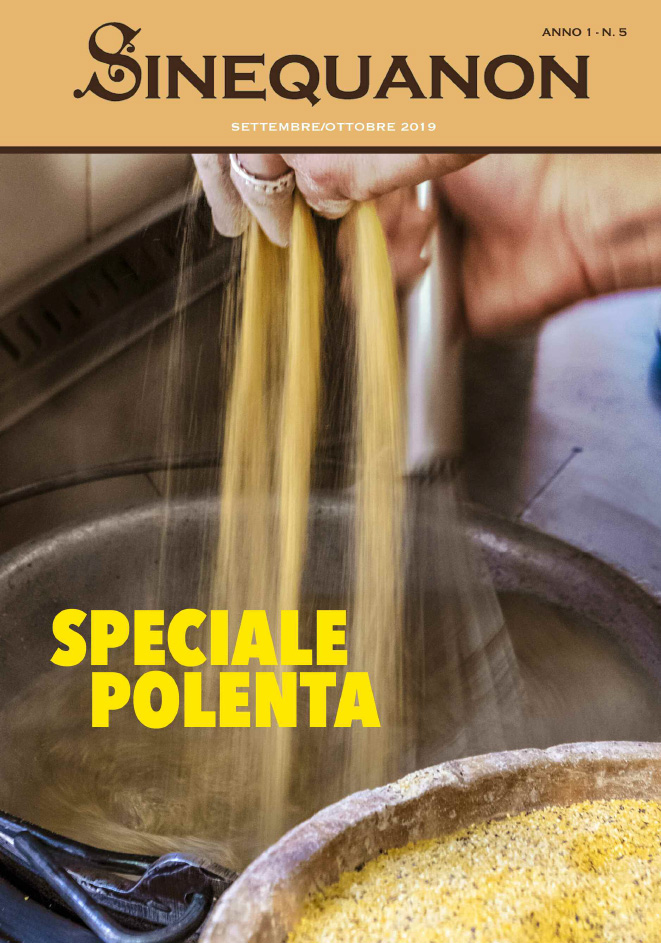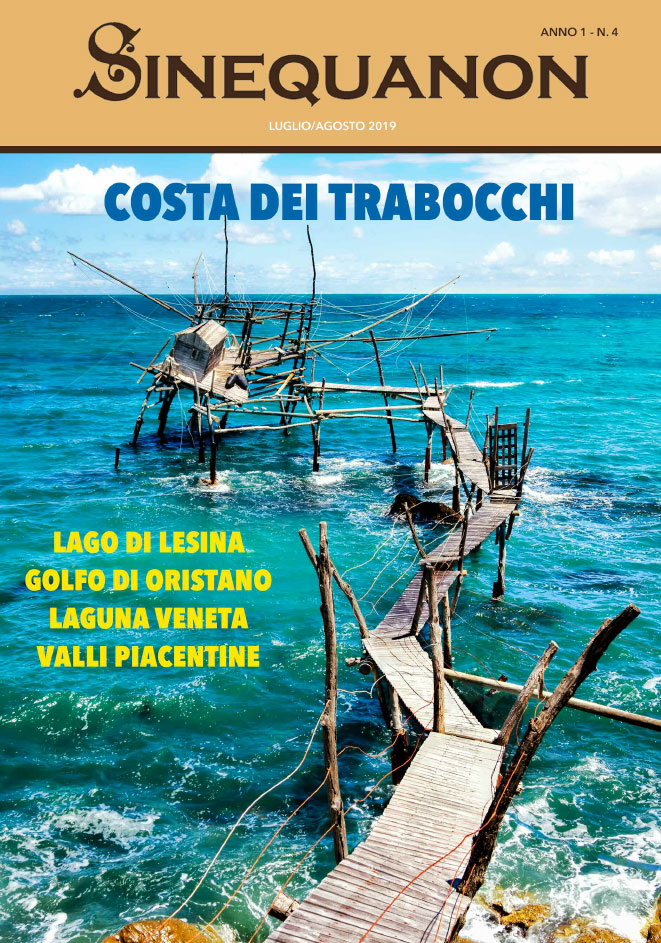Text and Photos by Pamela McCourt Francescone
Ramona Cazares Cauich is already at work when the bells announcing the early-morning mass ring out from the Church of the Nativity, a magnificent 18th-century building with two tall belfries which stands on the main square of Becal (a little town 85 kilometres from the regional capital, Campeche) next to a modern fountain with 5 large sombreros which leaves little doubt as to the towns vocation.
When Ramona got up it was still dark and, having prepared a breakfast of panuchos, the typical local bread, and beans for her three children she crossed the road and, climbing down a dozen or so rough-hewn steps, entered the cool grotto dug out of limestone which belongs to one of her sisters where two other local women were busy pegging their wares onto the clothes lines hanging around the walls and arranging them on benches and tables. They are the weavers of Becal, artisans who make the straw hats which have made this town famous and are called jipi becalenos or Calkini hats after the nearby town which attracts tourists who come to admire the ancient 16th-century monastery of Saint Louis of Toulouse.
Jipijapa (pronounced hepehapa) is a little town in Ecuador where the production of these hats started in the 19th century, and which provided protective headgear to the workers who were then constructing the Panama Canal: this is why they are known as Panamas in English. It is said that straw hats were first produced by the Incas in the 16th century to protect them from the Andean sun and that they used the fiber of a plant called toquilla. An 1898 chronicle recounts that the American government ordered 50,000 sombrero de paja toquilla for the troops who were leaving for the Caribbean front in the American-Spanish war. The production of the sombrero in the Campeche region dates back to 1859 when a local family introduced a dwarf palm from nearby Guatemala called the jipi or huano – the fibers of which began to be used for straw hats like those made in Ecuador. Today Becal and Jipijapa work closely together, exchanging new trends and finding ways to further refine this ancient craft, which is indeed more of an art.
In colonial days Becal was the last bastion of the Camino Real, the commercial thoroughfare used by the Spanish colonizers, in the state of Campeche and the town was the seat of the so-called capitan a guerra de camino real. Today there are around 2,000 grottos in Becal, almost every house has one, some natural and others man-made. The hats are woven in these cool and damp grottos which keep the fibres supple as above ground, given the extreme temperatures in this internal part of the Yucatan peninsula, they would split and break. When the fresh green palm leaves arrive in Becal they are sliced into long ribbons of varying thickness and then hung out in the sun to dry until they have turned that pale, pearly and luminous straw colour which makes the famous hats so unique. The narrowest fibres, which are no wider than a silk thread, are used to weave the best hats, which can be folded and tucked into a pocket and then unrolled without a crease thanks to their extremely fine weave. They are also the most expensive hats.
The weaver starts from the crown of the hat and the finely woven circle grows wider and wider as the long trailing fibres are deftly woven by the able and fast hands of the weavers. To produce a medium-grain hat it takes about three days while the ultra-fine models can take up to three months. Painstaking and highly skilled craftsmanship. Today, alongside the classical hats, the weavers also produce straw handbags, key rings, boxes, purses and other accessories, and natural dyes are used to produce the range of bright colours which are so popular
today.
The Becal weavers sell their production to wholesalers who, using heavy presses, transform them into a wide range of different shapes and models, although the most popular remain the classical Cubana, Tejana, Veracruzana Havana and Fedora. These hats are exported throughout South America but the finest ones are also to be found in luxury shops in Europe and in America where they can cost up to 3,000 dollars. For a hat which one of Becals skilled weavers will have sold for not more than 150 dollars.



